Rising Demand for STEM Education
The educational robots market in Europe is experiencing a notable surge in demand driven by the increasing emphasis on STEM (Science, Technology, Engineering, and Mathematics) education. Educational institutions are integrating robotics into their curricula to enhance students' engagement and understanding of complex concepts. This trend is reflected in a report indicating that the market for educational robots is projected to grow at a CAGR of approximately 15% from 2025 to 2030. As schools and universities recognize the importance of equipping students with essential skills for the future workforce, investments in educational robots are likely to rise, thereby propelling the market forward. The educational robots market is thus positioned to benefit from this growing focus on STEM, as educators seek innovative tools to foster critical thinking and problem-solving abilities among students.
Technological Advancements in Robotics
Technological advancements are significantly influencing the educational robots market in Europe. Innovations in artificial intelligence, machine learning, and sensor technologies are enhancing the capabilities of educational robots, making them more interactive and user-friendly. These advancements allow for the development of robots that can adapt to individual learning styles, thereby improving educational outcomes. The educational robots market is witnessing a shift towards more sophisticated robots that can engage students in hands-on learning experiences. As a result, educational institutions are increasingly investing in these advanced robotic solutions, which are expected to account for a substantial share of the market. The integration of cutting-edge technology into educational robots is likely to attract more educators and students, further driving market growth.
Increased Focus on Personalized Learning
The educational robots market in Europe is being propelled by a growing focus on personalized learning approaches. Educators are increasingly recognizing the need to tailor educational experiences to meet the diverse needs of students. Educational robots offer the potential to provide customized learning experiences, allowing students to progress at their own pace. This trend aligns with the broader educational shift towards individualized instruction, which is supported by various studies indicating improved student outcomes. The educational robots market is likely to see a rise in demand for robots that can facilitate personalized learning, as schools aim to enhance student engagement and achievement. As a result, the market is expected to expand, with educational institutions investing in robotic solutions that cater to the unique learning requirements of their students.
Emphasis on 21st Century Skills Development
The educational robots market in Europe is increasingly influenced by the emphasis on developing 21st-century skills among students. Skills such as critical thinking, collaboration, and digital literacy are becoming essential in today's job market. Educational robots serve as effective tools for teaching these skills, as they encourage hands-on learning and problem-solving. The educational robots market is likely to grow as educators seek to incorporate robotics into their teaching strategies to prepare students for future challenges. This focus on skills development aligns with national educational policies that prioritize the integration of technology in learning environments. Consequently, the market is expected to expand as schools invest in educational robots that facilitate the acquisition of these vital skills.
Growing Interest in Extracurricular Robotics Programs
The educational robots market in Europe is benefiting from the increasing interest in extracurricular robotics programs. Schools and community organizations are establishing robotics clubs and competitions to encourage students to explore robotics outside the traditional classroom setting. This trend not only fosters creativity and teamwork but also enhances students' technical skills. The educational robots market is likely to see a boost as these extracurricular programs drive demand for affordable and accessible robotic kits and platforms. As more students participate in robotics activities, the market is expected to expand, with educational institutions and organizations investing in resources to support these initiatives. The rise of extracurricular robotics programs may also lead to increased collaboration between schools and technology companies, further enhancing the educational robots market.

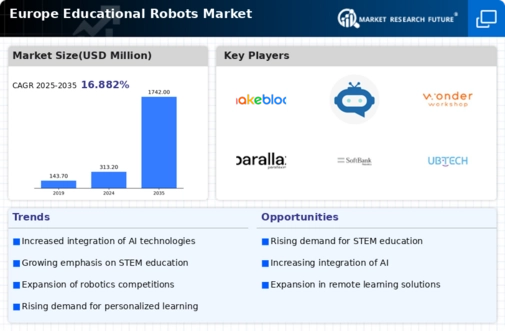

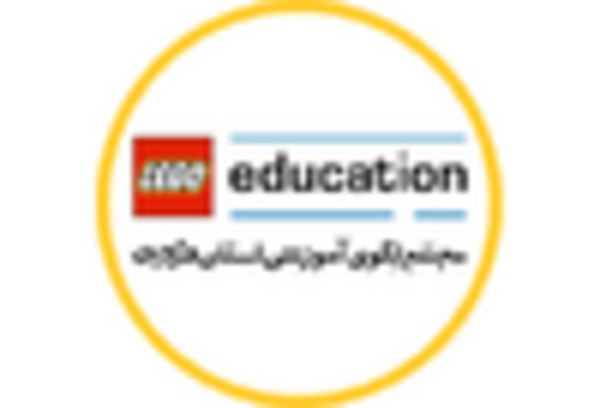

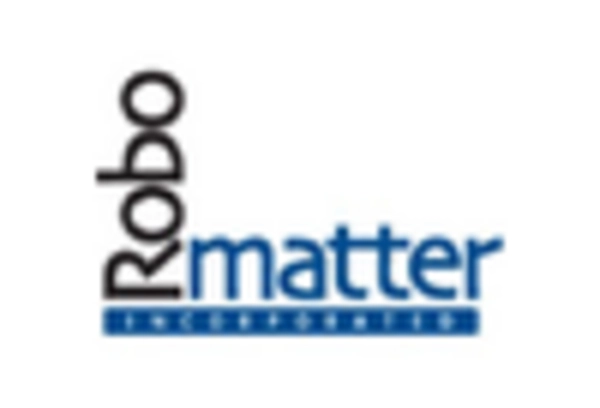

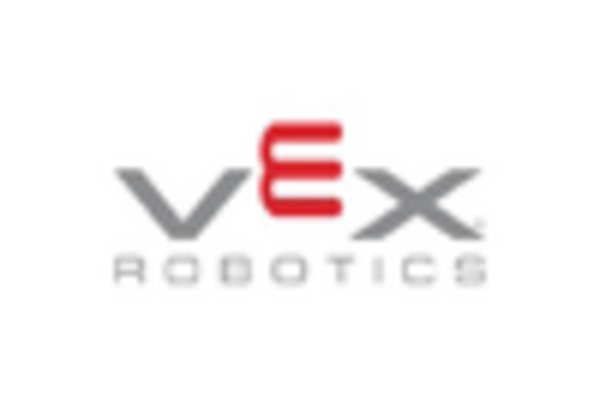
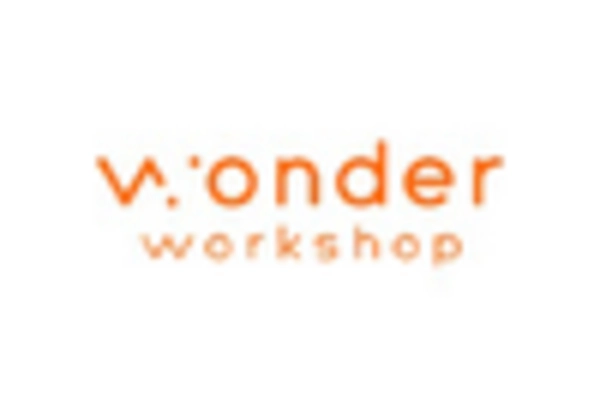








Leave a Comment